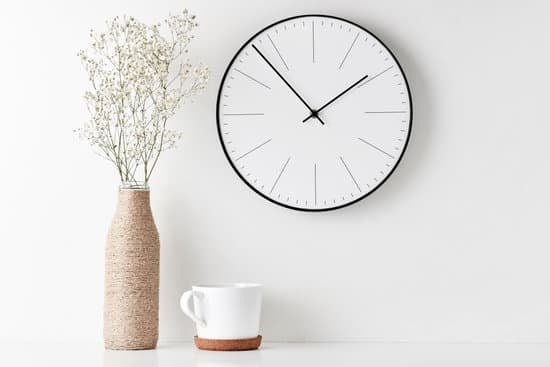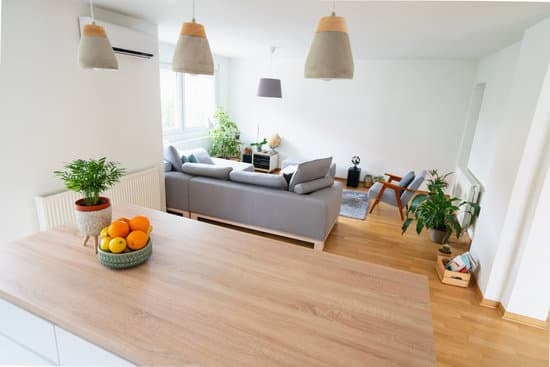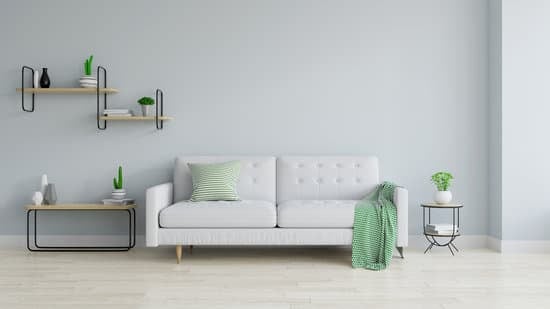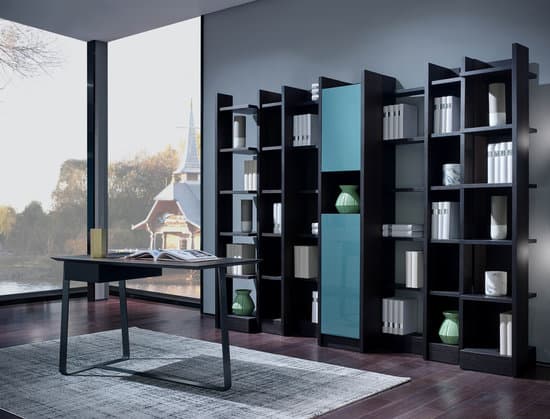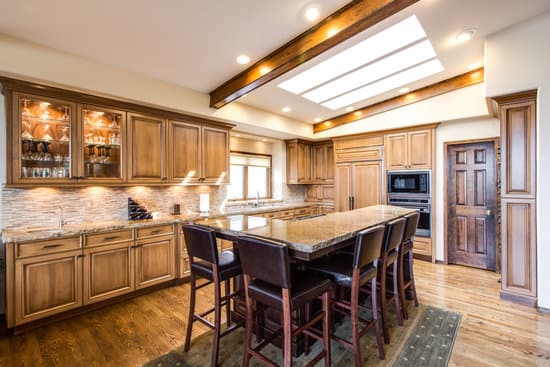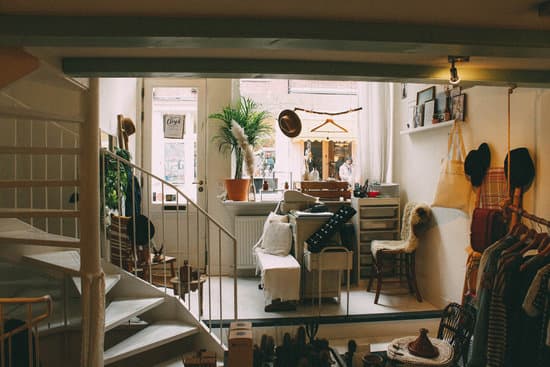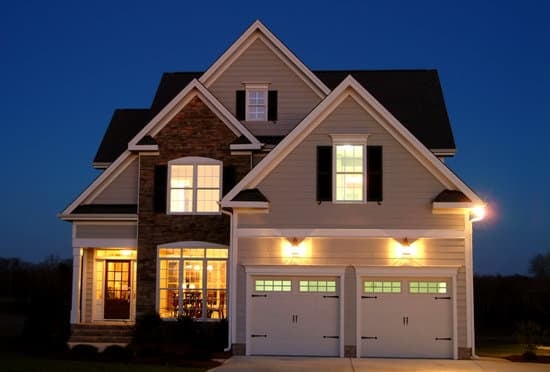Classic interior features are elements that have stood the test of time and remain iconic in the world of interior design. While design trends come and go, classic features never go out of style. Some of the most important traditional interior features include:
Wreaths of laurel: Wreaths add a sense of elegance and sophistication to any room. A laurel wreath, in particular, is a classic symbol of victory and accomplishment that has been used in interior design for centuries.
Urns: Urns are another classic interior feature that adds a touch of grandeur to any room. They can be used to hold plants or flowers, or simply as decorative objects on their own.
Marble: Marble is a timeless material that has been used in interior design since ancient times. Marble busts, fireplaces, sculptures, and other decorative elements can add a sense of luxury and refinement to a room.
Dentil moulding: Dentil moulding is a classic architectural feature that consists of repetitive blocks of small, tooth-like projections. It is commonly used in crown moulding, chair rails, and other decorative elements.
Columns: Columns are a key feature of classical architecture and can add a sense of grandeur and elegance to any room. They can be used as purely decorative elements or as structural supports.
Swags: Swags are a type of drapery that has been used in interior design for centuries. They can be used to frame windows, doors, or other features of a room, or simply as decorative elements on their own.
Architectural nods: Broken domes, pediments, friezes, and cornicing are all classic architectural features that can add a sense of history and tradition to a room. They can be used in more ornate designs or as subtle accents to add interest to a space.
Murals: Murals are often used in traditional interior design to create a sense of depth and dimension in a room. They can be used to depict historic scenes, landscapes, or other decorative elements that add interest to a space.
In conclusion, classic interior features are an essential component of traditional interior design. From wreaths to columns, and swags to murals, these elements have stood the test of time and will continue to add elegance and sophistication to homes for years to come.
Classic interior features were at the height of popularity in the 17th to the 19th century. These styles revolved around incorporating traditional and classical design elements to create a timeless and majestic ambiance in the interiors of homes and buildings. In this article, we will delve into some of the most defining features of classic interior design and explore the reasons behind their popularity.
